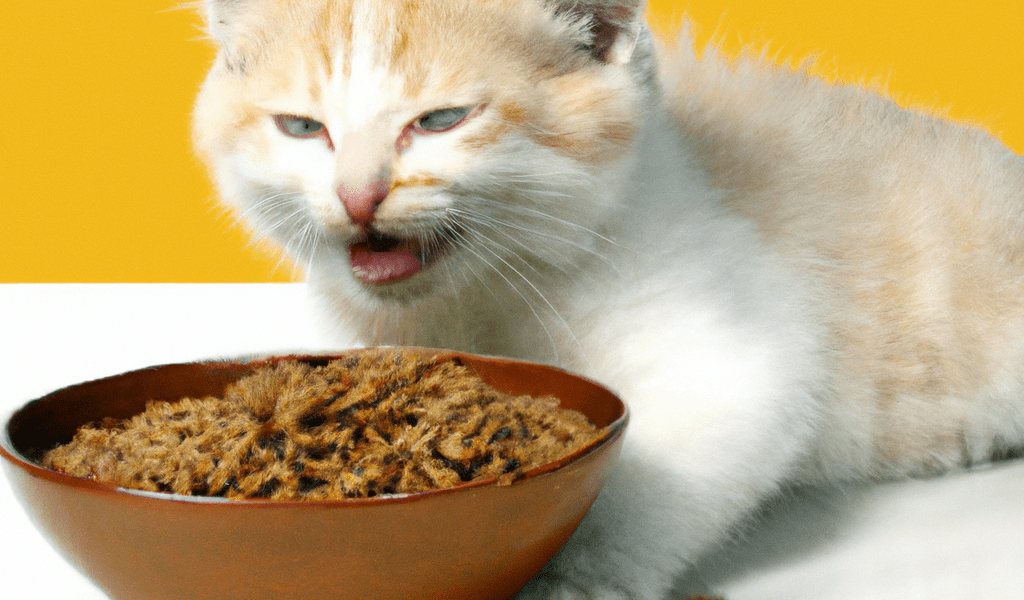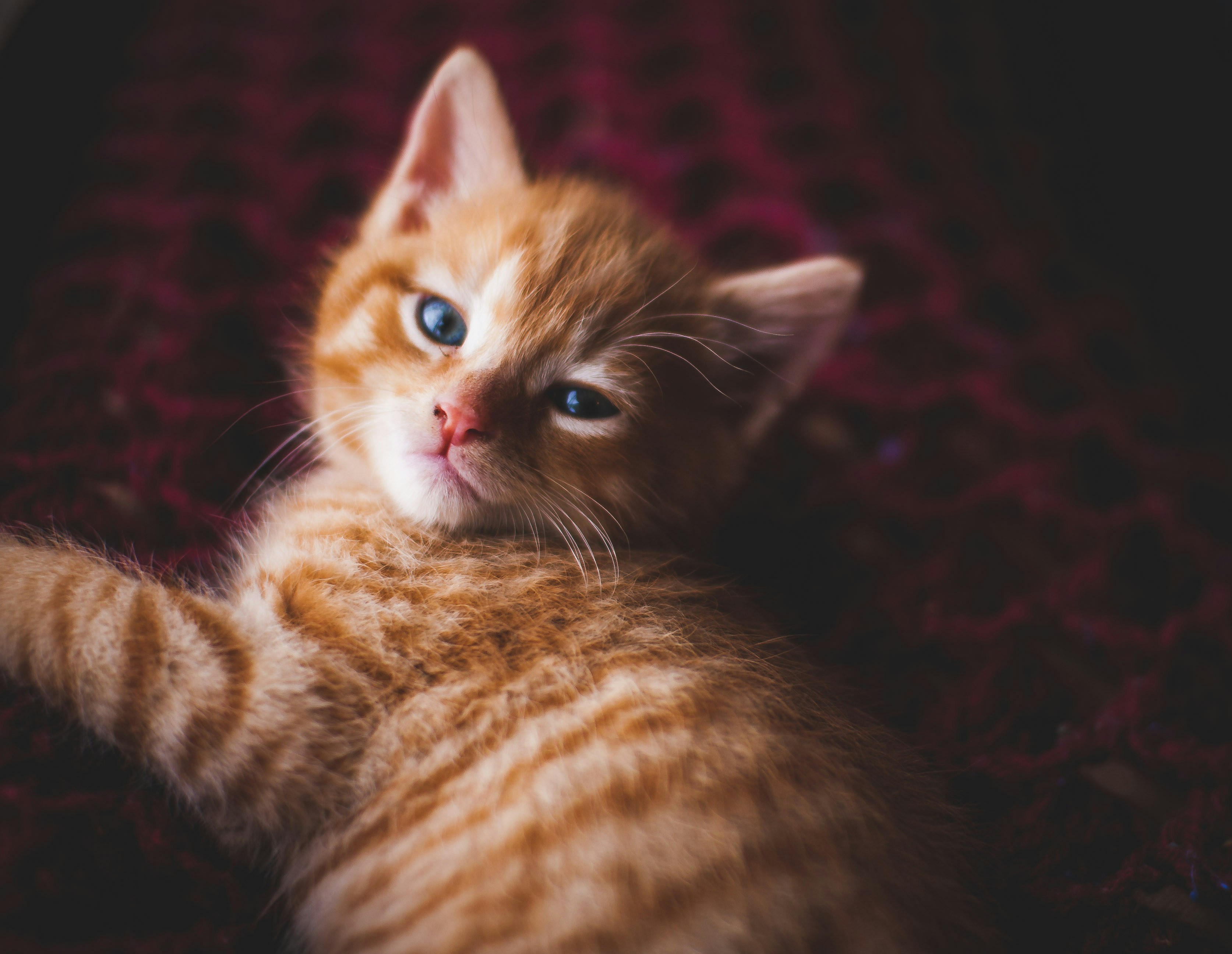Feeding your adorable kitten properly is crucial for their growth and overall health. However, determining the appropriate feeding schedule can be a daunting task for many new cat owners. In this article, we will guide you on how often to feed your kittens, taking into consideration their age, nutritional needs, and feeding habits. By following these guidelines, you can ensure that your little furry friend receives the nourishment they require for a healthy and happy life.
How Often to Feed Kittens
Feeding your kitten the right amount and at the right frequency is crucial for their health and development. As a new kitten owner, it is important to determine the proper feeding schedule based on their age. This comprehensive guide will walk you through the different feeding schedules for kittens of varying ages, factors that can influence feeding frequency, signs of overfeeding or underfeeding, and how to transition them from kitten to adult cat food.
Determining the Proper Feeding Schedule
Before diving into the specific feeding schedules for kittens, it is essential to understand the factors that determine the appropriate feeding schedule. Kittens have different nutritional needs at various stages of their development, so their feeding schedule should be adjusted accordingly.
Factors that influence the feeding schedule include the kitten’s age, weight, breed, activity level, and overall health. It is vital to consult with a veterinarian to determine the optimal frequency and quantity of feeding for your specific kitten. Your vet will consider these factors and provide tailored recommendations to ensure your kitten receives the right nutrition.
Feeding Schedule for Newborn Kittens
Newborn kittens, typically under 4 weeks old, are entirely dependent on their mother’s milk. They should be nursing every one to two hours during the first week of life. As they grow, their feeding frequency gradually decreases. By the end of the fourth week, they may still nurse around every three to four hours, but they will also start to show interest in exploring solid foods.
Introducing solid food to newborn kittens begins around the third or fourth week. Start with a specially formulated kitten milk replacement formula, which can be mixed into a gruel-like consistency. Offer this mixture a few times a day, alongside the mother’s milk, gradually decreasing the amount of milk as they consume more solid food.
Feeding Schedule for Kittens aged 3-4 weeks
At around three to four weeks of age, kittens should be introduced to a more structured feeding schedule. They should be fed small amounts of solid food, multiple times a day. A suitable interval is four to five feedings spaced out every 4-6 hours. Continue to offer the mother’s milk or kitten milk replacement formula in addition to the solid food. The amount of solid food offered can gradually increase as they start to wean off their mother’s milk.
Feeding Schedule for Kittens aged 5-8 weeks
As kittens reach the age of five to eight weeks, they become more independent and their nutritional requirements change. At this stage, they should be exclusively eating solid kitten food rather than relying on their mother’s milk. Offer wet or dry kitten food four to six times per day, allowing them to consume as much as they desire. It is crucial to ensure a steady supply of fresh water is available for your growing kitten.
Feeding Schedule for Kittens aged 8-12 weeks
Between eight and twelve weeks, kittens continue to grow rapidly and require a consistent feeding schedule. Feedings should be scheduled three to four times a day, with a gradual increase in portion size to meet their increasing needs. Monitor your kitten’s appetite and adjust the quantity accordingly. Continue offering a balanced kitten food and providing access to water throughout the day.
Feeding Schedule for Kittens aged 12 weeks to 6 months
From twelve weeks to six months old, kittens are still experiencing growth and development. During this period, they should be fed three times daily, with a consistent portion size. Your veterinarian may recommend transitioning to an adult cat food formula during this stage. Ensure you choose a high-quality brand that meets the nutritional requirements for growing cats.
Feeding Schedule for Kittens aged 6 months to 1 year
Between six months and one year, kittens are transitioning into young adulthood. They can be gradually switched to a feeding schedule that aligns with adult cats. Offer two meals per day, one in the morning and another in the evening. The portion sizes should be adjusted based on your cat’s size, weight, and activity level. Monitor their appetite and consult with your vet if any adjustments are needed.
Factors Affecting Feeding Frequency
While age is a primary factor in determining a kitten’s feeding schedule, other factors can influence the frequency of feedings. These include the kitten’s breed, size, activity level, and individual metabolism. Some breeds, like Maine Coons, may require more frequent meals due to their larger size, while others may have specific dietary needs.
Additionally, kittens engaged in high levels of activity, like those with more playtime or outdoor access, may require more frequent feedings to support their energy needs. In contrast, kittens with health conditions, such as obesity or diabetes, may require more structured feeding schedules with measured portions to maintain a healthy weight.
Working closely with your veterinarian will ensure you establish the most appropriate feeding schedule for your kitten based on these individual factors.

Signs of Overfeeding or Underfeeding Kittens
It is essential to be aware of the signs of both overfeeding and underfeeding in kittens. Overfeeding can lead to obesity, which can have long-term health consequences. Conversely, underfeeding can result in slowed growth, nutritional deficiencies, and weakened immunity.
Signs of overfeeding may include excessive weight gain, difficulty grooming themselves, reduced activity level, and digestive issues such as diarrhea or constipation. On the other hand, signs of underfeeding may include poor weight gain, ribs being easily visible, lack of energy, dull coat, and an increased susceptibility to illnesses.
If you notice any of these signs, it is crucial to consult with your veterinarian to adjust your kitten’s feeding schedule and ensure they receive the appropriate nutrition.
Transitioning from Kitten to Adult Cat Food
As your kitten approaches their first birthday, it may be time to transition them from a kitten-specific diet to adult cat food. Gradual transitioning is important to avoid any digestive upset. Begin by mixing a small amount of the new adult cat food into their existing kitten food, gradually increasing the proportion of adult food over the course of a few weeks.
During this transition period, closely observe your cat’s digestion and overall well-being. If any issues arise, consult with your veterinarian for guidance on adjusting the transition process.
Remember, each kitten is unique, and their nutritional needs may differ slightly. Regular check-ups with your veterinarian and close monitoring of their growth and overall health will help ensure they receive the proper nutrition throughout their development.




